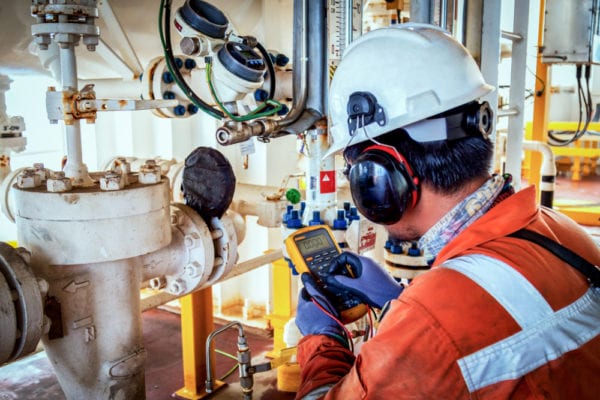Key Takeaways
- Time-based maintenance (TBM) is performed at fixed intervals.
- Time-based maintenance is a beneficial part of a larger maintenance strategy, but should not be used by itself
- Safety-related assets or assets with seasonal maintenance needs are good candidates for time-based maintenance.
What is Time-based Maintenance?
Time-based maintenance (TbM), also called periodic maintenance, refers to routine maintenance tasks performed on an asset at fixed time intervals, regardless of its condition. As a type of preventive maintenance (PM), the goal of time-based maintenance is to prevent failures before they happen and improve asset performance. However, because TbM may be performed whether it is needed or not, it does not always strike a balance between risk and reward.
For example, changing the oil in your car every 1,000 miles as opposed to the manufacturer-recommended 3,000 miles may lead to fewer problems, but comes at a cost. While a lower risk of failure may be a reward in itself, money and time are wasted performing the oil change more often than recommended.
Time-Based Maintenance Examples
Periodic, time-based maintenance is required to keep assets in proper operating condition. Examples include:
- Tuning up a furnace every year before winter
- Clearing debris out of a gutter every 6 months
- Visually inspecting fire extinguishers each month
- Changing an air filter every quarter
- Lubricating pumps every 6 weeks
Advantages and Disadvantages of Time-based Maintenance
Advantages of TbM
Like other types of maintenance, TbM can be beneficial when used as part of a larger maintenance management strategy.
- Minimal Training: Time-based tasks are relatively simple and usually don’t require extensive training to learn.
- Lower Long-term Cost: Compared to breakdown or corrective maintenance (CM), time-based maintenance is relatively inexpensive.
- Easy to Implement: Unlike predictive maintenance (PdM) or condition-based monitoring, time-based maintenance does not require additional sensors or equipment to decide when assets require service.
- Predictable Schedule: Since time-based maintenance follows a set time interval, maintenance schedules are consistent and predictable.
- Effective for Continuously Running Assets: Wear and tear is more predictable for assets that run continuously, allowing maintenance work to be scheduled at regular intervals.
Disadvantages TbM
Organizations that rely heavily on time-based maintenance can face some challenges:
- Ignores Other Causes of Failure: Time-based maintenance assumes that failures are age-related and does not take into account the actual condition of assets. As many maintenance professionals know, many breakdowns and failures do not occur at regular, predictable intervals.
- Too Frequent Schedule Introduces Risk: A maintenance activity may introduce a risk of incorrect re-assembly, misalignment, or other errors. A too frequent maintenance schedule heightens this risk.
- Too Infrequent Schedule Leads to Excessive Failures: A too infrequent maintenance schedule risks preventing predictable asset failures.
- Ineffective for Assets Run Occasionally: Assets that are used occasionally will not wear down at the same rate as assets that are used continuously. Therefore, TbM is not optimal for all assets, but can be used as part of a larger preventive maintenance strategy.
- Increased Costs from Excessive Maintenance: Performing maintenance on assets that don’t need it leads to unnecessary downtime, labor, and consumable part costs.
When to Use Time-based Maintenance
As with other preventive maintenance activities, time-based maintenance should be used to prevent failures on assets that are critical to the organization. Using asset management KPIs such as mean time between Failure (MTBF), historical maintenance data, manufacturer recommendations, and one’s own experience, the ideal interval for time-based maintenance activities can be identified.
Safety-related activities, such as fire extinguisher inspections and smoke alarm tests, are well-suited for time-based maintenance because the cost of asset failure is high, the cost of maintenance is very low, and condition-based maintenance (CbM) is either impossible or costly. HVAC units, furnaces, and other assets that require seasonal attention are also great candidates for time-based maintenance activities.
Effectively Manage Maintenance with FTMaintenance
Time-based maintenance activities are best scheduled and tracked through computerized maintenance management system (CMMS) software, like FTMaintenance. FTMaintenance is preventive maintenance software for scheduling and managing maintenance activities. It allows you to easily track your historical maintenance data and create insightful maintenance reports for better decision-making. Learn more about how FTMaintenance can help you by exploring our maintenance management software features.
